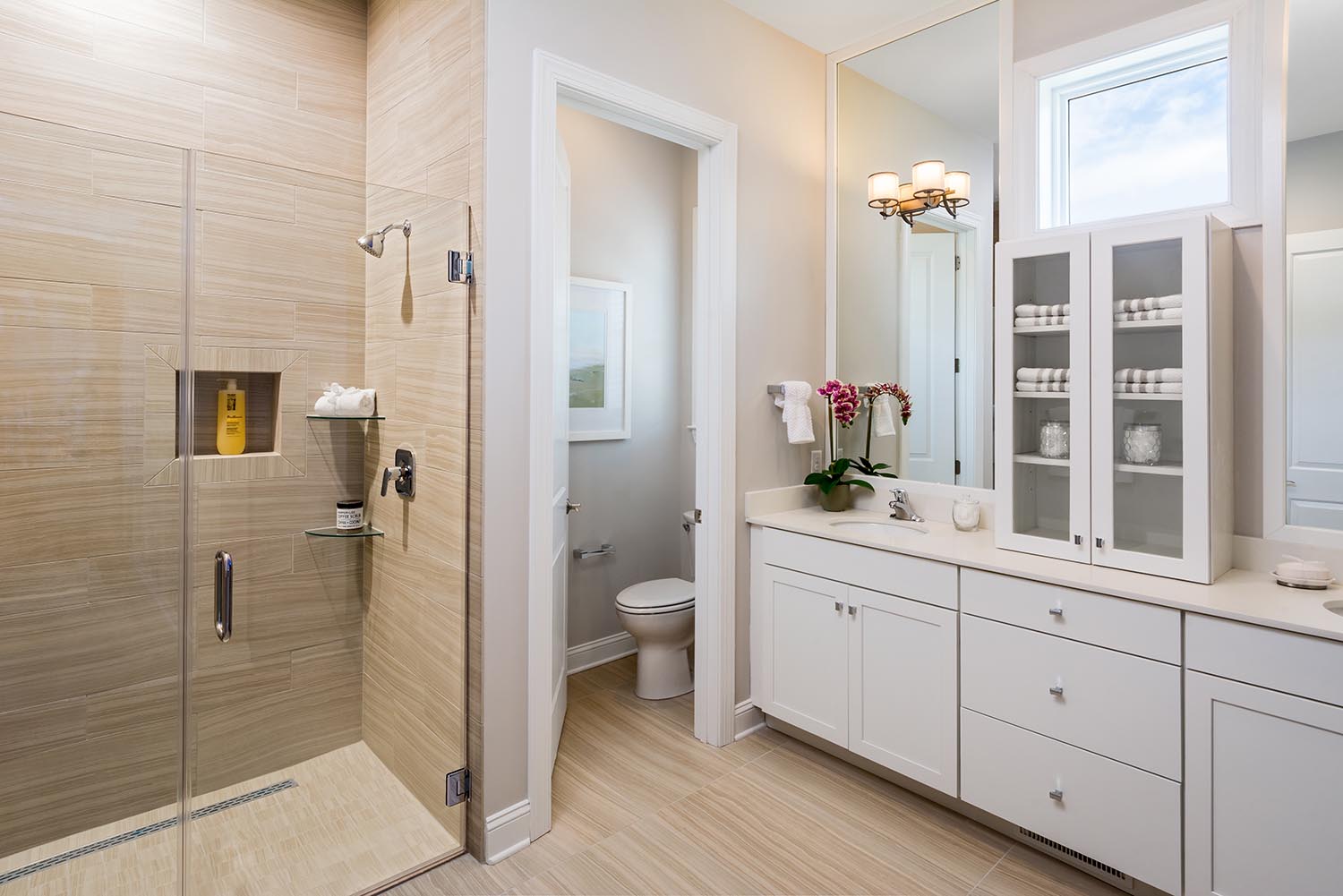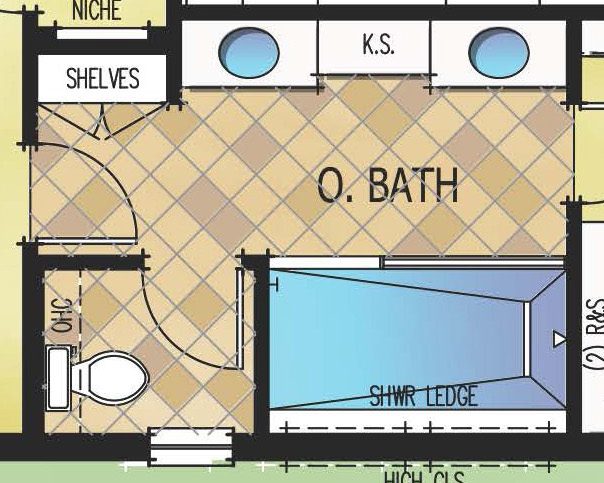When designing homes for 55+, there is a fine line between providing a home to feel comfortable in and creating an environment with constant reminders that they’re getting old. At some point, aging adults experience some sort of disability. You know the fears:
• What happens if I become disabled and need a wheelchair?
• Will I be able to get around my house?
So, one might assume that designing the home using the Americans with Disability Act (ADA) would be a great way to help them overcome that fear. Not so fast. Chances are, you might unintentionally scare away your average 55+ buyer by creating an environment that screams “nursing home”. At 55 years old, we hopefully have a long time before that becomes necessary.
Handicap Accessible
The ADA was written to ensure that folks with disabilities would have housing available to them that was accessible. The thing is, it was written for all sorts of disabilities including blindness, hearing impaired and varying levels of paralysis. The majority of home buyers don’t need every aspect of the code, and many requirements actually make it tougher on our aging population. We’ve all encountered the bumpy pavement for the visually-impaired at the end of a sidewalk signaling a change in path – from sidewalk to street or parking lot. These same bumps are hard for someone in a wheelchair or with a walker (or a woman in heels).
Grab Bars and Toilet Rooms
An ADA-compliant bath has a space adjacent to the toilet for a wheelchair and two grab bars; one on the side of the toilet and one behind the toilet. In a residential application, the toilet most often ends up out in the open and not in its own room because the space required for an ADA-compliant toilet room is too large.
This grab bar configuration and open space is designed for a paraplegic to pull themselves from their wheelchair onto the toilet. When it comes to toilet placement, ADA standards possess two issues that conflict with aging gracefully.
The first is a matter of grab bar placement. The grab bar behind the toilet is of little use for an ambulatory person that may just need a little extra help standing up. Grab bars on either side of the toilet work better for this, especially if someone suffers from arthritis on one side. The toilet room supplies the walls on either side of the fixture for mounting grab bars.
The second flaw is a simple matter of dignity. Let’s face it, no one looks good siting on the toilet. Even married couples can appreciate not being on display all the time. If we’re aiming to give home buyers a spa-like environment, let’s give the master bath a toilet room! 
Some argue that a toilet room doesn’t allow for a wheelchair. The thing is, seniors who need a wheelchair because of a hip, back or knee issue can often walk the short distance to the bathroom or toilet room – even if they need a cane for assistance. You may have seen the line of wheel chairs in the jet bridge as you deplane. These seniors can walk from their seat to the wheelchair – they just can’t traverse the entire Atlanta airport!
The Measurements
An aging-friendly toilet room should have at least a 2’ 8” wide door – 2’10” is better but I find that 3’ is too much. I used to think a 3’ wide toilet room was wide enough. But if grab bars are added to both sides, you end up with a tight 30” of clearance. The minimum dimensions for a toilet room are 3’4” (3’6” preferred) wide by 5’ 6” deep. Add blocking for grab bars on both side of the toilet. Make sure there is a potential light source for a nightlight. This could be an outlet to plug in a night light or simply a light switch. And lastly, make sure to feature a comfort height toilet.
If you’re trying to appeal to the younger end of the boomer buyer – ages 55 to 65 – keep in mind that these buyers are focused on staying active. It is important to plan for aging, but perhaps we don’t need to broadcast it from the moment they walk through the door!
Categorized in: 55+
This post was written by Housing Design Matters


